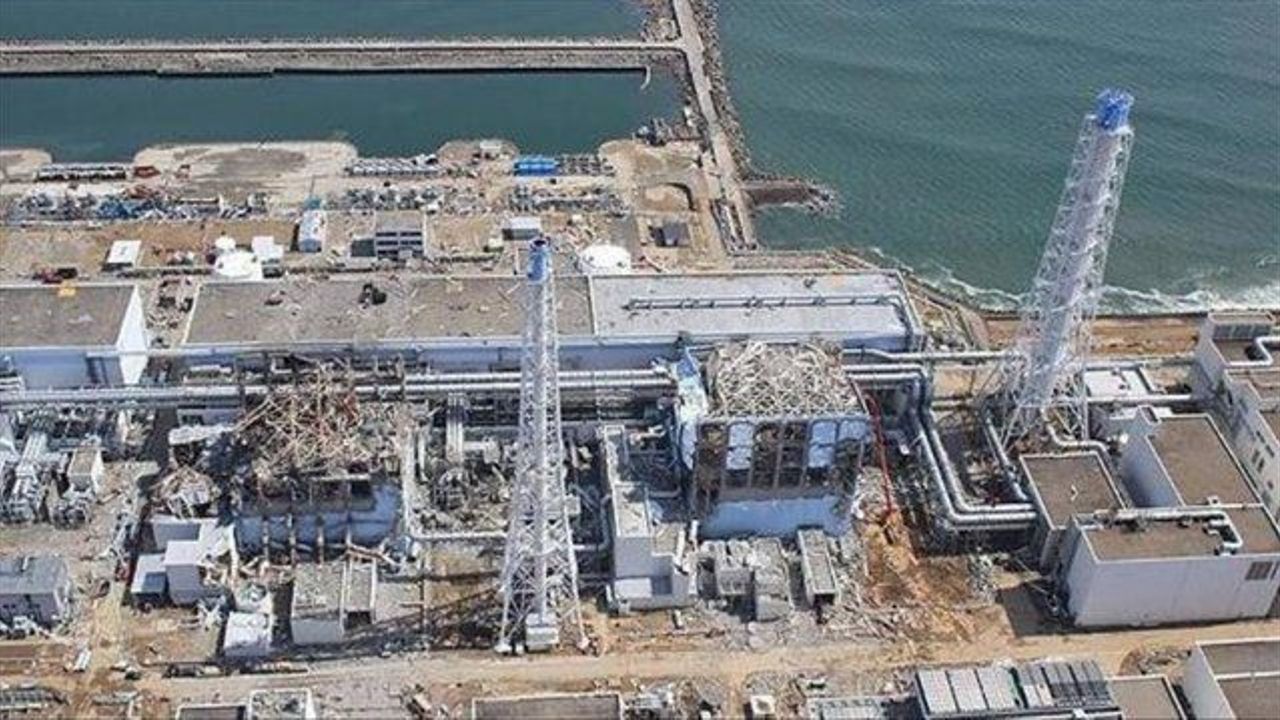Japanese town back from the brink post-Fukushima
Mayor Katsunobu Sakurai of Minamisoma in northeastern Japan had briefly become one of the most famous faces of the deadly "triple disaster" of earthquake, tsunami and nuclear power meltdown that pulverized his seaside town five years ago Friday.

He had published an 11-minute video on YouTube pleading for his beleaguered town, which had literally been brought close to the point of extinction by the tsunami and the town’s proximity to the Fukushima Daiichi nuclear power plant.
"I beg you, as mayor of Minamisoma, to help us," he had implored.
The raging waves left 1,470 people dead or missing, their homes or businesses washed away.
But Minamisoma, located in northeastern Fukushima prefecture, also lay right on the path of the plume of radiation emitted from the nuclear plant that is only 10 kilometers (6 miles) away from the town’s southern boundary.
The southern quarter of the town, with a population of around 20,000 lies within the 20-kilometer mandatory evacuation zone.
But as Sakurai says, radiation does not respect the circles that government officials draw around any given plant.
For months, Minamisoma had been plagued by "hot spots" -- areas too radioactive for people to live -- throughout the town, even outside of the official evacuation zone.
Little by little, Minamisoma is coming back from the brink, marking the fifth anniversary of the "triple disaster".
The last of the "hot spots" have been decontaminated and work of scrubbing homes and businesses of radiation should be completed this fiscal year, Sakurai says.
The decontaminated soil and fixtures are contained in literally millions of black and blue plastic garbage bags covering rice fields and other level areas.
No decision has been made where to dispose of the nuclear waste permanently.
The 2011 disaster had devastated Japan’s northeastern region, leaving 15,894 people dead and 2,561 others missing and presumed dead.
Around 174,000 people remain displaced, particularly in the hardest-hit prefectures of Fukushima, Iwate and Miyagi.
Minamisoma’s population had stood at 71,000 before the earthquake and tsunami.
It fell to around 10,000 in the immediate aftermath, and has since climbed back to around 51,000 people as former residents slowly return.
"We hope that people living in temporary housing will soon be able to move back into their former quarters," he told the Foreign Correspondents’ Club of Tokyo.
He is, however, realistic enough to understand that many will opt not to stay.
That includes some young 9,000 people with children who have moved away, founded new lives and changed their official residences.
Children are the most vulnerable to the effects of radiation.
Middle-aged former residents, on the other hand, will probably return if there are job opportunities for them.
That leaves mostly the elderly with no real ties outside of the town where they were born and raised.
In a way, it mirrors the predicament many of Japan’s outlying towns -- including ones not even touched by disaster -- have with declining and aging populations.
The Japanese government plans to lift the evacuation order for Minamisoma by the end of April -- a development that would make it the second city within 20 kilometers of the restricted zone to have the restrictions lifted.
The first was Naraha, south of the plant site, where the restrictive zone was lifted in September.
His experiences since the disaster have turned Mayor Sakurai into an anti-nuclear power activist.
This past summer, Minamisoma declared itself a "non-nuclear power city", the first to call itself such in Japan.
Sakurai campaigned with former Prime Minister Morihiro Hosokawa when he ran unsuccessfully for governor of Tokyo on an anti-nuclear power platform.
A state-sponsored memorial ceremony was held in Tokyo Friday, with attendees -- including Emperor Akihito and Prime Minister Shinzo Abe -- observing a moment of silence in the afternoon.
Anadolu Agency







